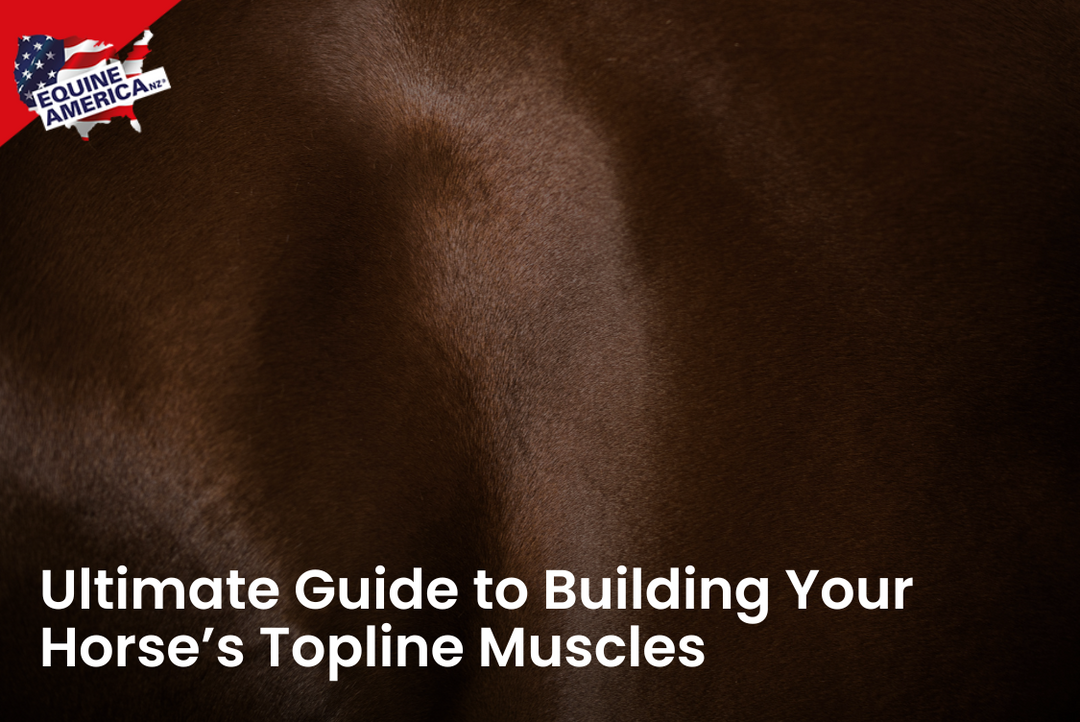What equipment is not allowed in dressage? Are D-ring bits allowed? How about horse boots? These are a few common questions horse owners have. If you want to know what dressage equipment is or isn't allowed, feel free to continue reading today’s blog article!
Accessories For Fixing A Rider's Boots
Horse riders are allowed to use all coloured stirrups. However, what's not allowed is having a mechanical means of adjusting their boots. On a related note, they also cannot use velcro straps because they can be used to fix the rider's boots.
Bear in mind that in some cases, a dispensation can be granted. If a rider has been granted one, then they can use a velcro strap or other mechanical means to fix their boots. Otherwise, velcro straps are not allowed.
Padding On Certain Areas
Horse riders are not allowed to use padding on cheekpieces or on the noseband. If a rider is competing up to Grand Prix level tests, then they can use a snaffle bridle. From Elementary to Grand Prix Level, only a double bridle can be used. Take note that the double bridle can't be used in four, five and six-year-old Young Horse Classes.
Chaps And Half-Chaps
Riders are not allowed to wear chaps or half-chaps. What they can wear is a shirt with a collar. However, the shirt cannot have neckwear, and it needs to be tucked neatly into the riding breeches. Furthermore, riders do not have to wear a jacket, but they will need to follow the dress code as specified previously.
Are Polo Wraps Allowed?
In most cases, polo wraps are not allowed because they are considered to be non-permitted tack. Splint boots and bell boots are also included in this category. Riders who attempt to wear bell boots, splint boots, polo wraps, or other similar items can expect to not be allowed to compete.
Are Horse Boots Allowed?
Horse boots are allowed in dressings. However, only certain types are allowed. Horse boots that protect the soft areas of the hoof are not allowed in dressage, but boots that do not protect areas such as the coronet band and heel bulbs (both are soft structures of the hoof) can be used in dressage.
Are D-Ring Bits Allowed?
In regards to whether or not D-rings are allowed, there are rules that have been set by both the International Equestrian Federation (FEI) and the United States Equestrian Federation (USEF). Generally speaking, hanging cheek rings, d-rings and loose rings are allowed unless the dressage rules handbook states otherwise. However, horse owners cannot use d-ring cheekpieces as a bridoon, if they are using a double bridle.
Are Spurs Permitted?
Only certain types of spurs are allowed in dressage. At the time of this writing, English-style spurs are the only types of spurs that are allowed. Furthermore, the shank has to be straight pointing or curved. If it's curved, then the shank must be pointing downwards, but if it's straight pointing, then it needs to be pointing from the spur's centre when on the boot.
Final Thoughts
Remember, the rules for dressage are constantly changing. It's always a good idea to stay up-to-date on what's allowed and what's not allowed in dressage. Generally speaking, riders should check the rules a few times per year.
Some equipment is not allowed in dressage, and a few of those pieces of equipment include the above. If anyone needs equipment for dressage or needs any other kind of products for their horses, then check out what we have in stock here at Equine America NZ. We carry high-quality equipment and products for horses, and we're confident we have what you're looking for.
Please give us a call at Equine America NZ today at 0800 440 888 to learn more or leave an enquiry.




